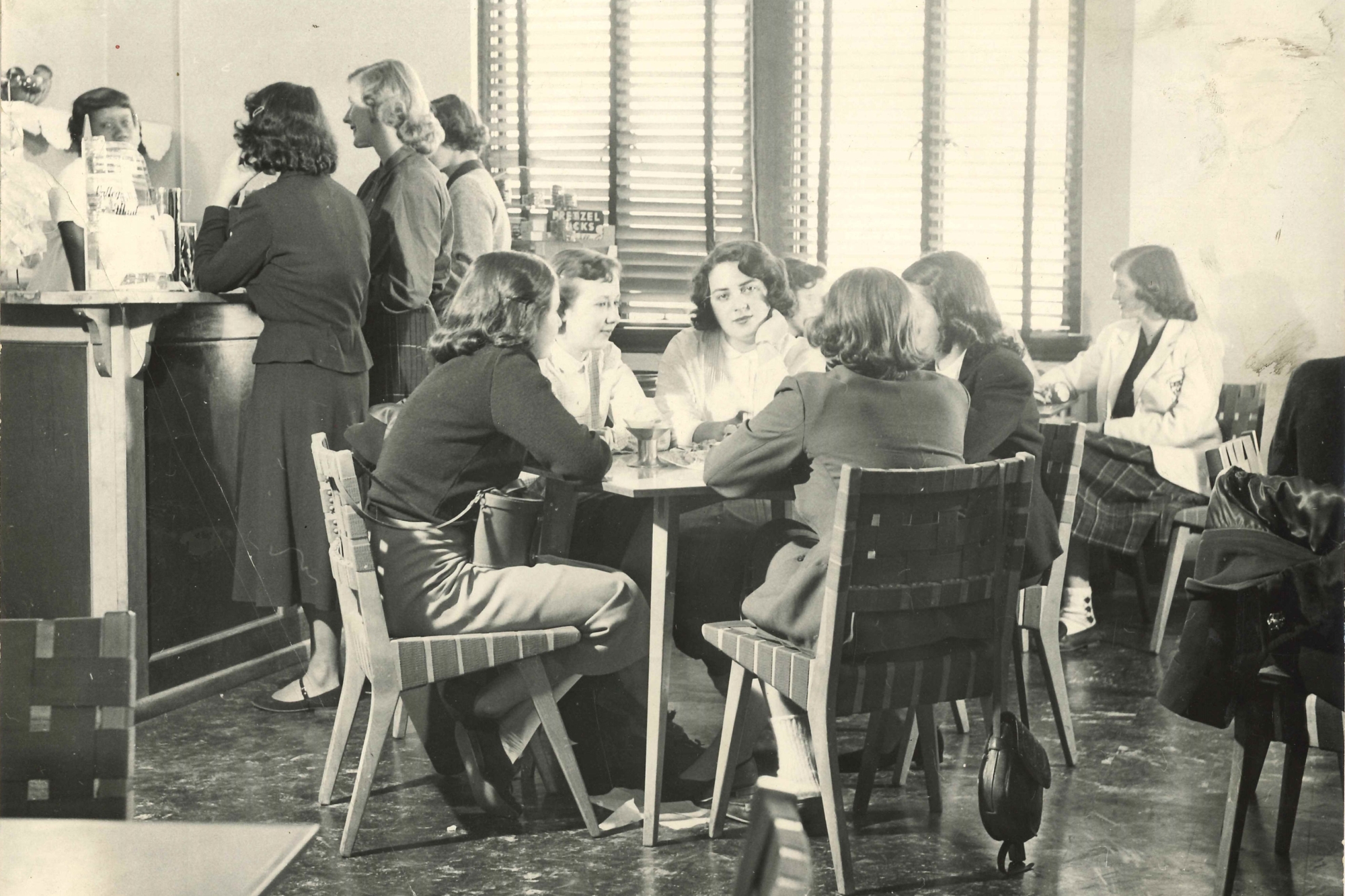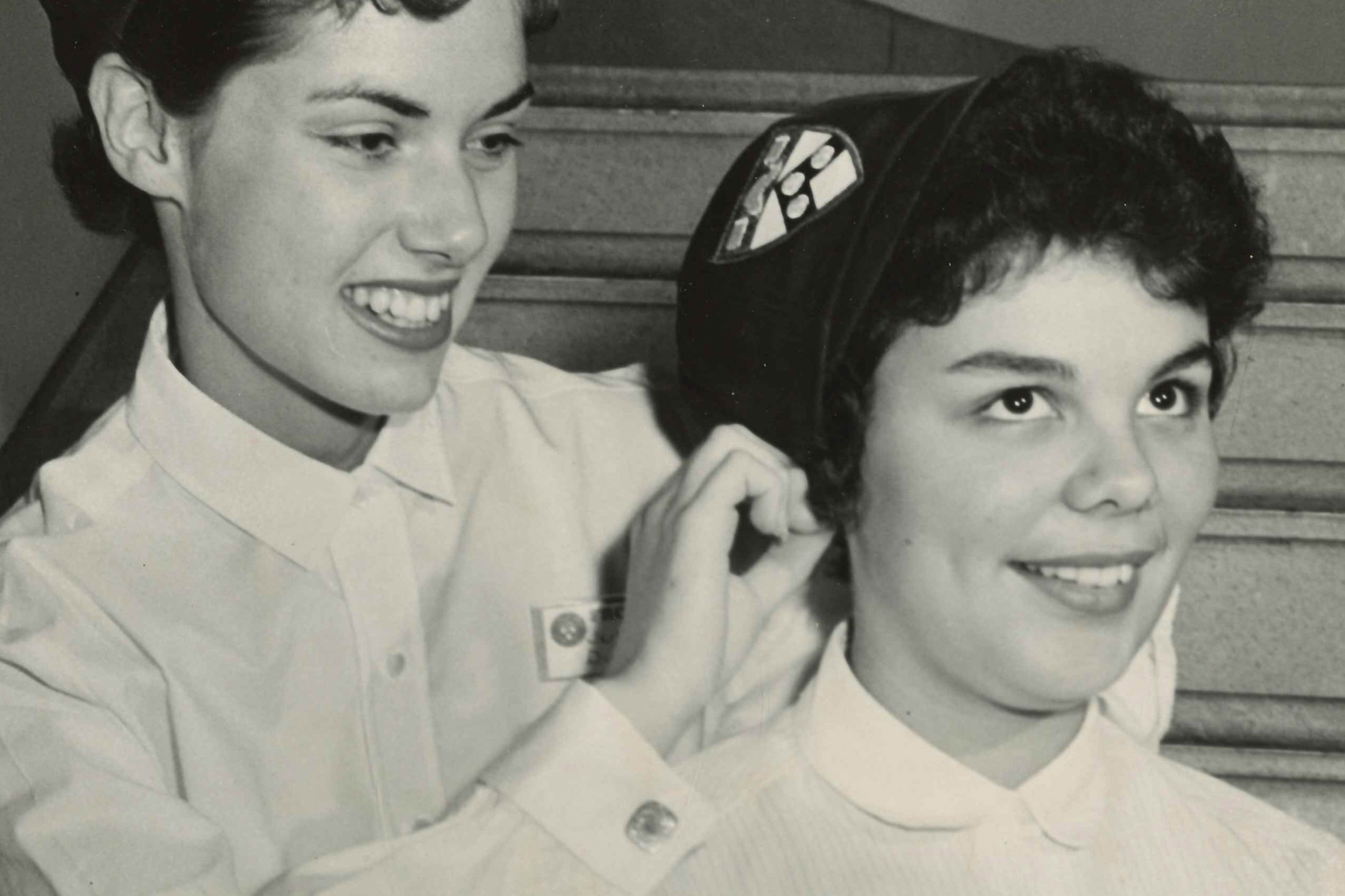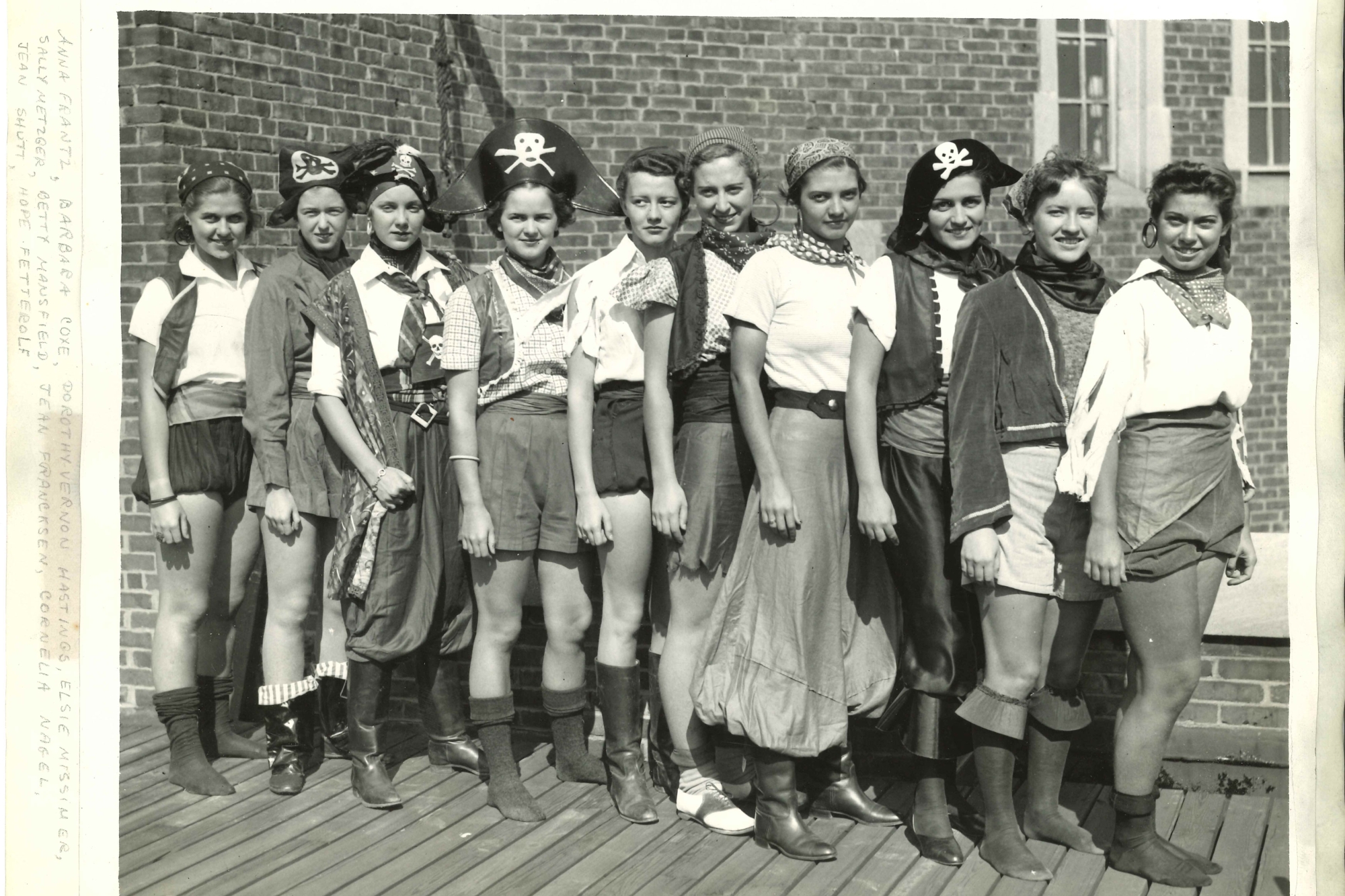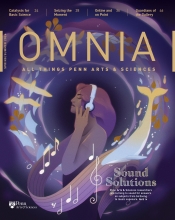A College of Their Own
The first class of 11 students graduated from the College of Liberal Arts for Women in 1934. A look back at what life was like for these pioneers and the hundreds who followed.
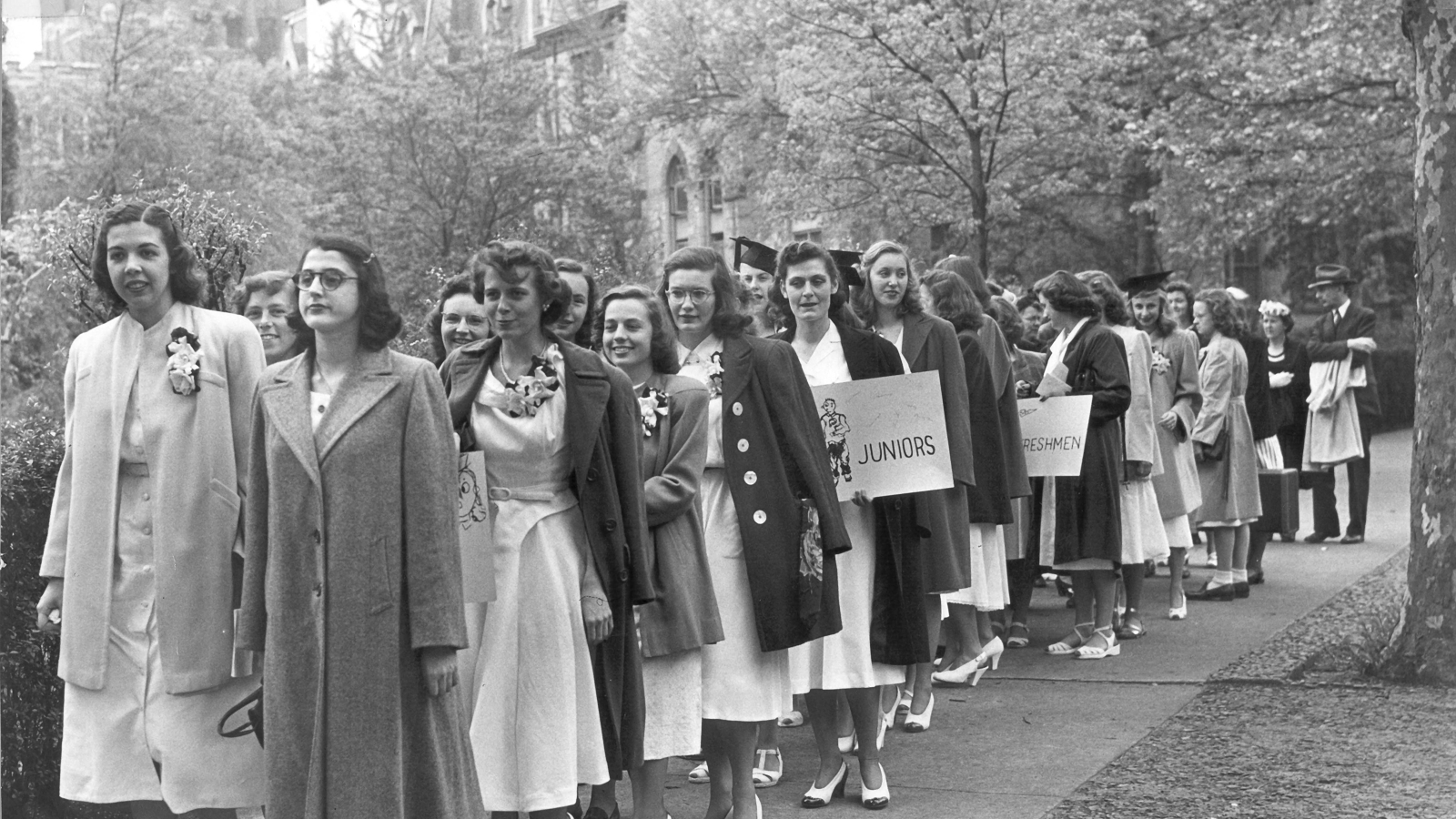
In April 1933, Penn’s “Bureau of Publicity” announced plans from University President Thomas S. Gates and the trustees to open a new College of Liberal Arts for Women in July of that year. The college would establish a four-year curriculum in arts and sciences, equal to what was then “offered to men in the College of the University.”
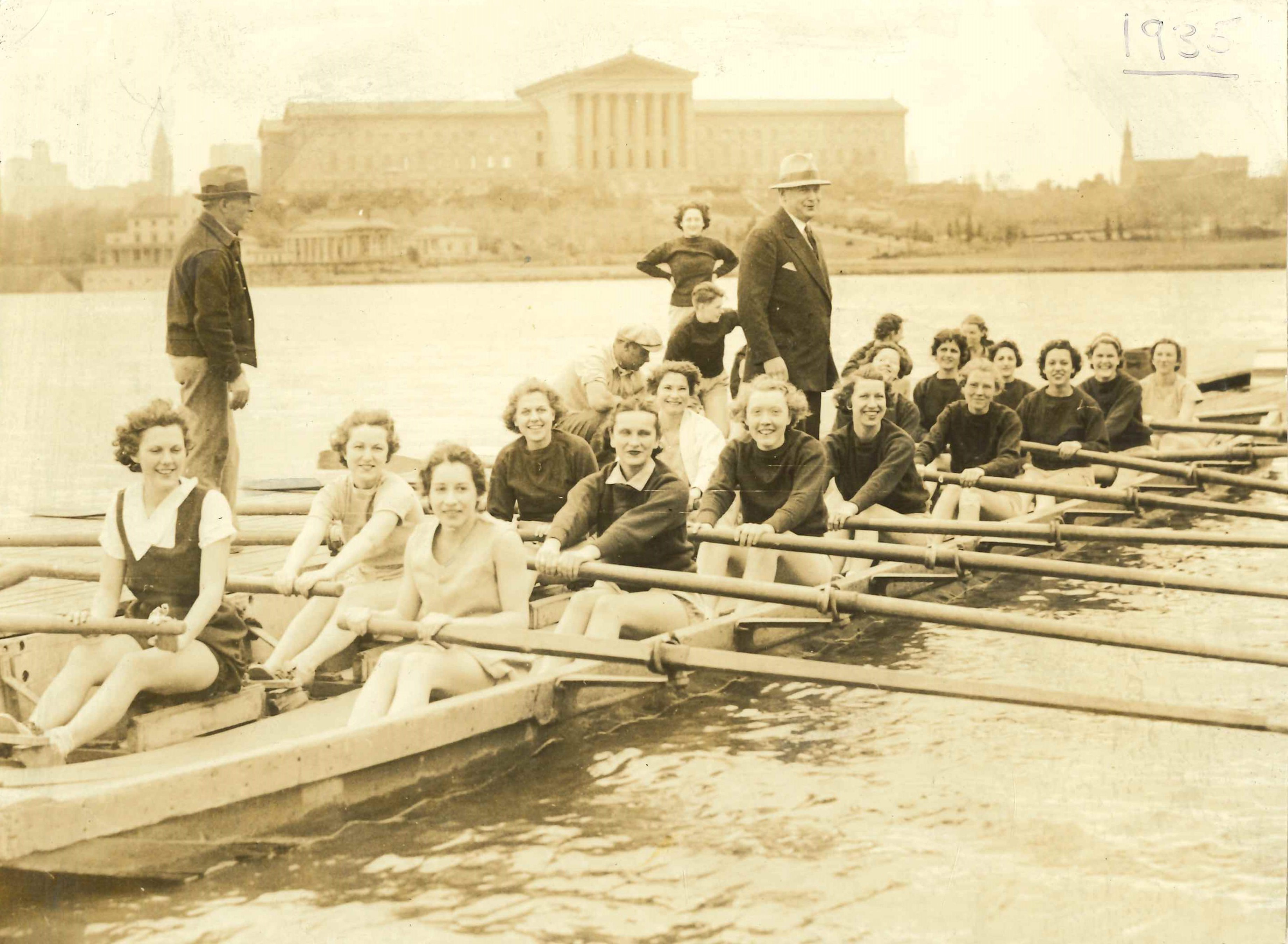
In 1935, women were allowed to row crew for Penn for the first time. The hundreds of students who went through the College of Liberal Arts for Women created a rich, vibrant culture and a lasting legacy.
The motives behind this weren’t only concerned with equality, however, says Sarah Manekin, G’04, GR’09, a history Ph.D. who published a paper based on her archival research about the creation of the college. Rather, she says, the trustees wanted to be more like Ivies to the north, which were then associated with separate colleges for women. “They were thinking about what it meant to be an elite urban research university,” Manekin says. “And that seemed to be to offer elite education opportunities for women but in separate spheres. So, the rich, wonderful, vibrant life the College for Women students created came about because of market dynamics.”
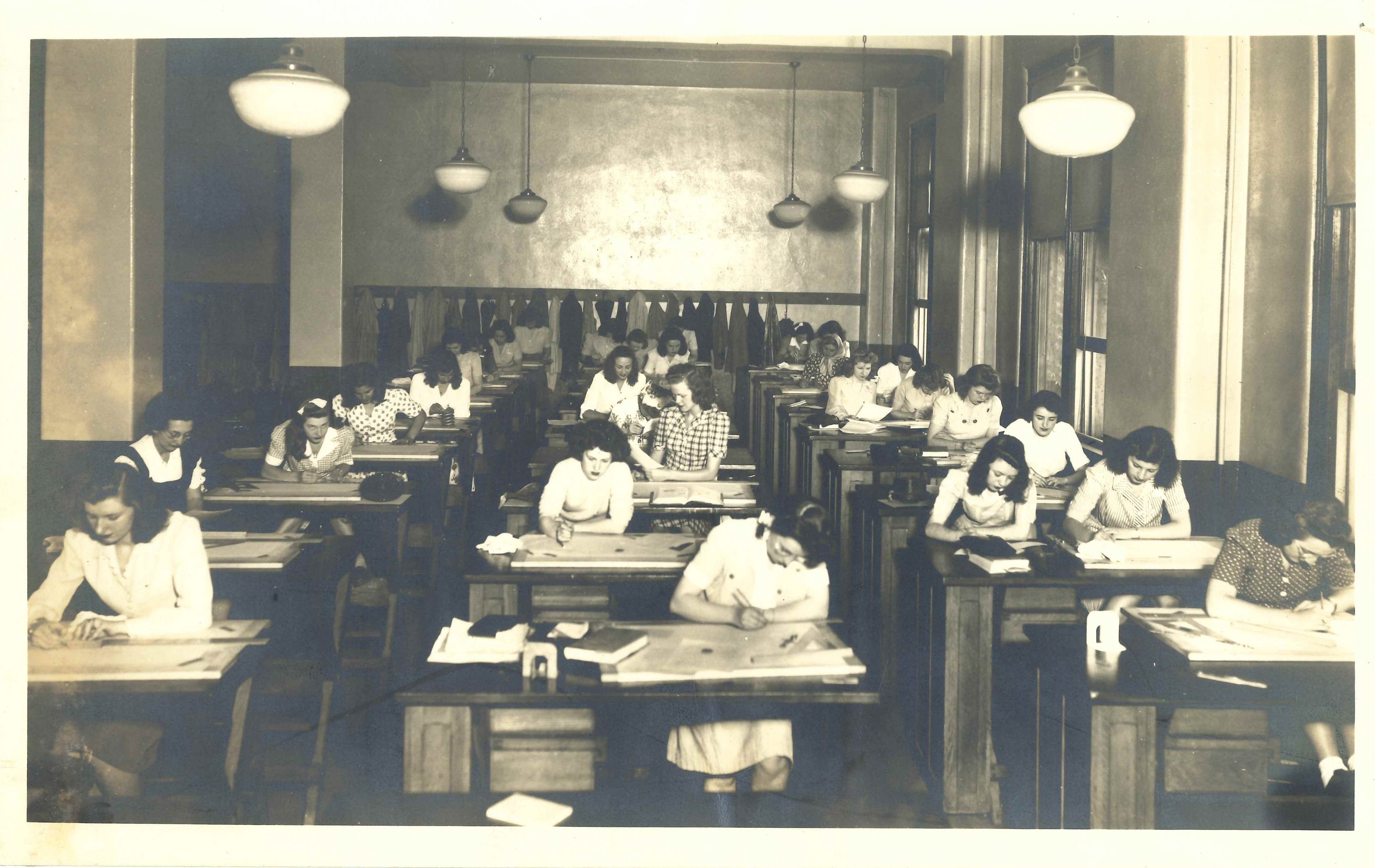
Though equalizing education for males and females was a slow progression, the creation of the College of Liberal Arts for Women represented a step forward. The majority of classes for these students took place in Bennett Hall, with Bennett Union, run by an executive committee of students and a student director, on the fourth floor.
Students at the new college attended class mostly in Bennett Hall, which would also house the women’s student union, a soda fountain, a ping pong table, a record player and typewriter, even showers and an ironing board for commuters.
Just a year later, in 1934, the College of Liberal Arts for Women graduated its first class, the 11 students having “satisfied the minimum residence requirements of one year, after transferring from other colleges or other departments of the University.” Nine received a Bachelor of Arts degree, two a Bachelor of Science in biology.
Hundreds more would graduate from the College of Liberal Arts for Women before it was absorbed into what is today Penn’s School of Arts & Sciences 50 years ago.
Editor’s Note: The original version of this article incorrectly stated that the first students at the College for Women resided in Hill House, but the building was not opened until 1960. We regret the error and the piece has been updated to ensure its accuracy.

Penn Back Then
Penn Back Then is an oral history project begun in May 2005 by Penn Arts & Sciences. Alums from all decades can contribute their notable anecdotes and remembrances to this audio scrapbook. To listen to several from College of Liberal Arts for Women graduates, visit www.sas.upenn.edu/cw.

